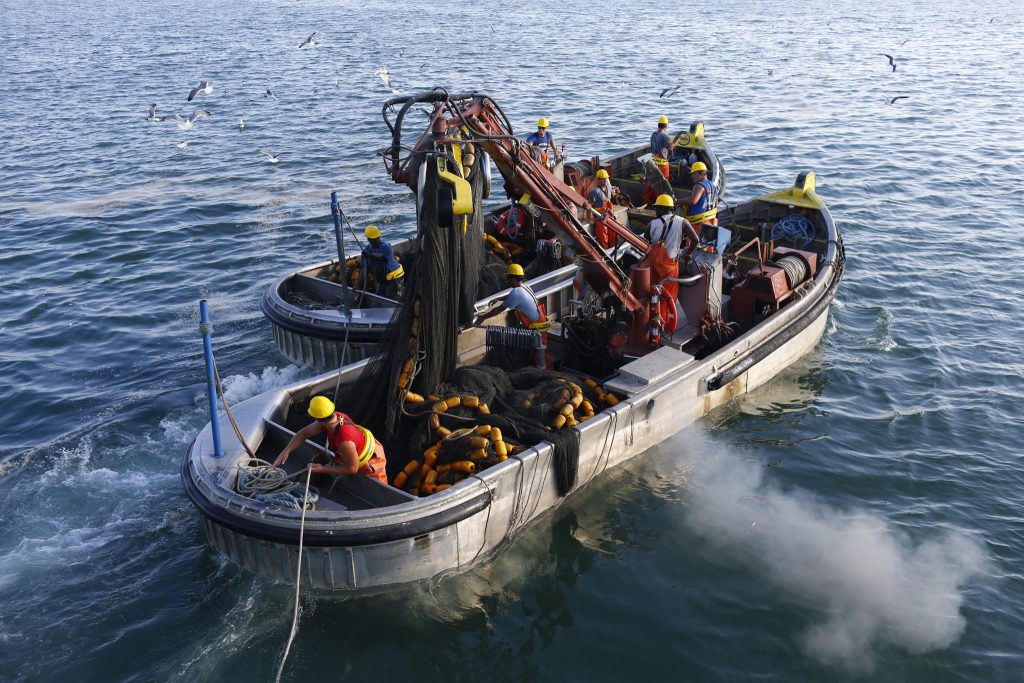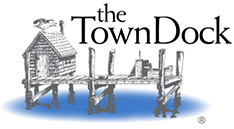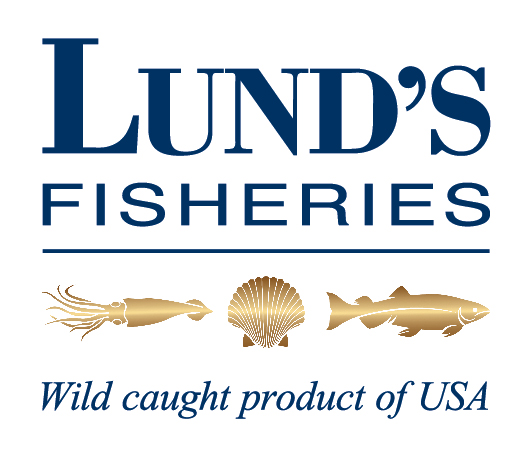May 10, 2022 — The following was released by Lund’s Fisheries:
Lund’s Fisheries, Inc., operating in Cape May, New Jersey since 1954, is pleased to announce that the company’s Atlantic scup fishery has been certified as sustainable according to Marine Stewardship Council (MSC) standards. MSC certification is one of the most rigorous and sought-after sustainability certifications in the world, and our scup trawl fishery now meets those high standards.
Scup is Lund’s fourth MSC-certified fishery, following the company’s certifications for Atlantic sea scallops, Loligo squid, and Illex squid. Lund’s has been a seafood industry leader on the Atlantic coast in certifying its fisheries as sustainable for U.S. and international markets and will continue to look for new opportunities to add products to the MSC certification process.
The company owns and operates 20 fishing vessels delivering seafood to its freezing and processing facility year-round. Other independent vessels, from North Carolina through Maine, land scup at the company’s plant, utilizing its 500 metric ton daily freezing capacity.
“Lund’s Fisheries is proud of our long-standing commitment to harvesting and processing some of the most sustainable seafood in the world, and the MSC certification of our scup fishery is just the latest example of that commitment,” said Wayne Reichle, President of Lund’s Fisheries. “In partnership with the MSC, consumers can continue to trust that our products meet the highest standards of responsible sourcing. This new certification will help us to present another locally harvested, sustainable fish to the public that they may not have heard of, seen, or eaten before.”
The certification comes after a year-long, comprehensive evaluation by independent third-party assessor SCS Global Services. The assessment ensures that the Atlantic scup trawl fishery meets the three MSC Principles, focusing on the status of the scup resource and the harvest strategy in place; the fisheries ecosystem impacts, including efforts to avoid interactions with endangered and protected species; and the governance and management system employed by the Mid-Atlantic Fishery Management Council and the Atlantic States Marine Fisheries Commission. MSC certification also ensures that Atlantic scup products can be traced back to where they were caught through required recordkeeping, from harvest to product sale.
The fishery’s strengths include a well-defined and proven governance system of national and state laws; a suite of strategic policy frameworks that are supportive of the MSC’s Principles; effective leadership within federal and state management and scientific organizations; a transparent and engaging consultation and decision-making process; and a proven federal-state record of effective collaboration and cooperation at all levels.
Atlantic scup, which is mainly fished in New England and Mid-Atlantic waters, is considered to be an “underutilized” species, meaning that the population is healthy, and that fishing levels are well below the sustainable limits set for the fishery.
“Demand for sustainable U.S. seafood is only growing, and we are pleased to receive this certification from the MSC, which has become the international leader in seafood sustainability,” said Jeff Kaelin, Lund’s Director of Sustainability and Government Relations. “This certification reflects the hard work done by our fishermen and our production team at our Cape May plant to successfully sell sustainably harvested products to our customers. It also represents tremendous support from our management partners at the Council and Commission in helping us to accumulate the technical information used in this process over the past year.”





